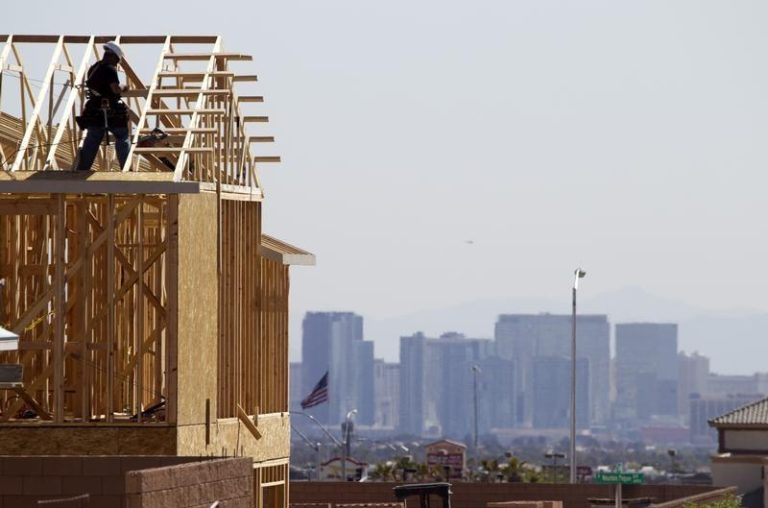Los Angeles, September 21, 2023 — The average long-term U.S. mortgage rate edged up again this week, another setback for would-be homebuyers navigating an increasingly less affordable housing market.
The average rate on the benchmark 30-year home loan rose to 7.19% from 7.18% last week, mortgage buyer Freddie Mac said Thursday. A year ago, the rate averaged 6.29%.
Borrowing costs on 15-year fixed-rate mortgages, popular with homeowners refinancing their home loan, also rose. The average rate rose to 6.54% from 6.51% last week. A year ago, it averaged 5.44%, Freddie Mac said.
High rates can add hundreds of dollars a month in costs for borrowers, limiting how much they can afford in a market already unaffordable to many Americans. They also discourage homeowners who locked in low rates two years ago from selling.
“Supply may loosen up some as we head to the end of the year, but prospective homebuyers waiting for mortgage rates to come down should expect no major relief until next year,” said Lisa Sturtevant, chief economist for Bright MLS.
The weekly average rate on a 30-year mortgage has remained above 7% since August, surging four weeks ago to 7.23%, a 22-year high.
Mortgage rates have been echoing moves in the 10-year Treasury yield, which lenders use as a guide to pricing loans. The yield has been climbing amid expectations that the Federal Reserve will keep short-term interest rates higher for longer to fight inflation.
On Wednesday, Federal Reserve policymakers signaled that they expect to raise rates once more this year and envision their key rate staying higher in 2024 than most analysts had expected.
The 10-year Treasury yield surged to 4.47% in midday trading Thursday, up from 4.40% late Wednesday and from 0.50% three years ago. It’s now near its highest level since 2007.
High inflation drove the Federal Reserve to raise its benchmark interest rate 11 times since March 2022, lifting the fed funds rate to the highest level in 22 years. While mortgage rates don’t necessarily mirror the Fed’s rate increases, they tend to track the yield on the 10-year Treasury note. Investors’ expectations for future inflation, global demand for U.S. Treasurys and what the Fed does with interest rates can influence rates on home loans.
The average rate on a 30-year mortgage is now more than double what it was two years ago, when it was just 2.88%. The sharply higher rates now are contributing to a dearth of available homes, as homeowners who locked in those lower borrowing costs two years ago are now reluctant to sell and jump into a higher rate on a new property.
Combined with sharply higher mortgage rates, the lack of housing supply has stymied sales of previously occupied U.S. homes, which are down 21% through the first eight months of this year versus the same stretch in 2022, according to the National Association of Realtors. – AP









